Cowboy State Daily - Wyoming News
News
Headlines
View all
Trump’s EPA Rejects Closure Of Colorado Power Plant That Burns Wyoming Coal
The Trump administration’s EPA has finalized its rejection of closing a coal-fired power plant in Colorado, drawing sharp criticism from environmental and health groups. The decision extends the life of a plant that burns Wyoming coal.
David MadisonJanuary 12, 2026

Lander Police Chief Says There Are Multiple Suspects In Fatal Bar Fight
The Lander Police Department has multiple suspects in a Friday-night bar fight that turned fatal. The police chief expects arrests in “the next couple days,” he told Cowboy State Daily on Monday.
Clair McFarlandJanuary 12, 2026

Cheyenne Motel Standoff Suspect Faces Attempted First-Degree Murder Charge
The man involved in a four-hour standoff at a Cheyenne motel with police Friday is facing an attempted first-degree murder charge. Surveillance video at the motel shows the men arguing, then the suspect shooting the other man, police say.
Greg JohnsonJanuary 12, 2026

Barrasso Endorses Hageman's Candidacy For U.S. Senate
Wyoming’s senior U.S. Senator announced Monday morning that he’s endorsing U.S. Rep. Harriet Hageman to serve alongside him in the upper chamber. He said Hageman “is going to be terrific in the U.S. Senate.”
Clair McFarlandJanuary 12, 2026

Transient Accused Of Stabbing Cheyenne Man While Stealing Backpack, Sunglasses
A 25-year-old transient is accused of stabbing an older Cheyenne man in the back while trying to steal his backpack and sunglasses. The suspect, who faces an attempted murder charge, claims the stabbing was in self-defense.
Dale KillingbeckJanuary 12, 2026

Evanston To Utah’s ‘Extreme’ Drunk Drivers: Don’t Try To Buy Your Booze Here
Utahns who are banned from buying alcohol due to “extreme” DUIs won’t find sympathetic liquor dealers in Wyoming. “If Utah says you can’t buy alcohol because you’re too bad of a drunk driver, then we’re not going to sell to you either,” one dealer said.
Greg JohnsonJanuary 11, 2026

Wyoming Man Donates Llama Ranch As Sanctuary For Veterans, First Responders
Right before Christmas, Navy veteran Al Ellis donated his 207-acre llama ranch in Sublette County as a sanctuary for veterans and first responders. “We want other people to enjoy this — people who deserve it, people who we owe something to,” Ellis said.
Kate MeadowsJanuary 11, 2026

Cowboy State Daily Show with Jake - Monday, January 12, 2026
Jake in the 307. Weekday mornings 6-10 a.m.
Jake NicholsJanuary 12, 2026

Big Piney Teen To Donate Bone Marrow To Save Toddler Brother From Leukemia
Following up on a story we did last month, the medical verdict came in and 13-year-old Dayton of Big Piney is the perfect match to donate bone marrow to his 2-year-old brother Traxton, who is battling a rare form of leukemia.
Mark HeinzJanuary 11, 2026
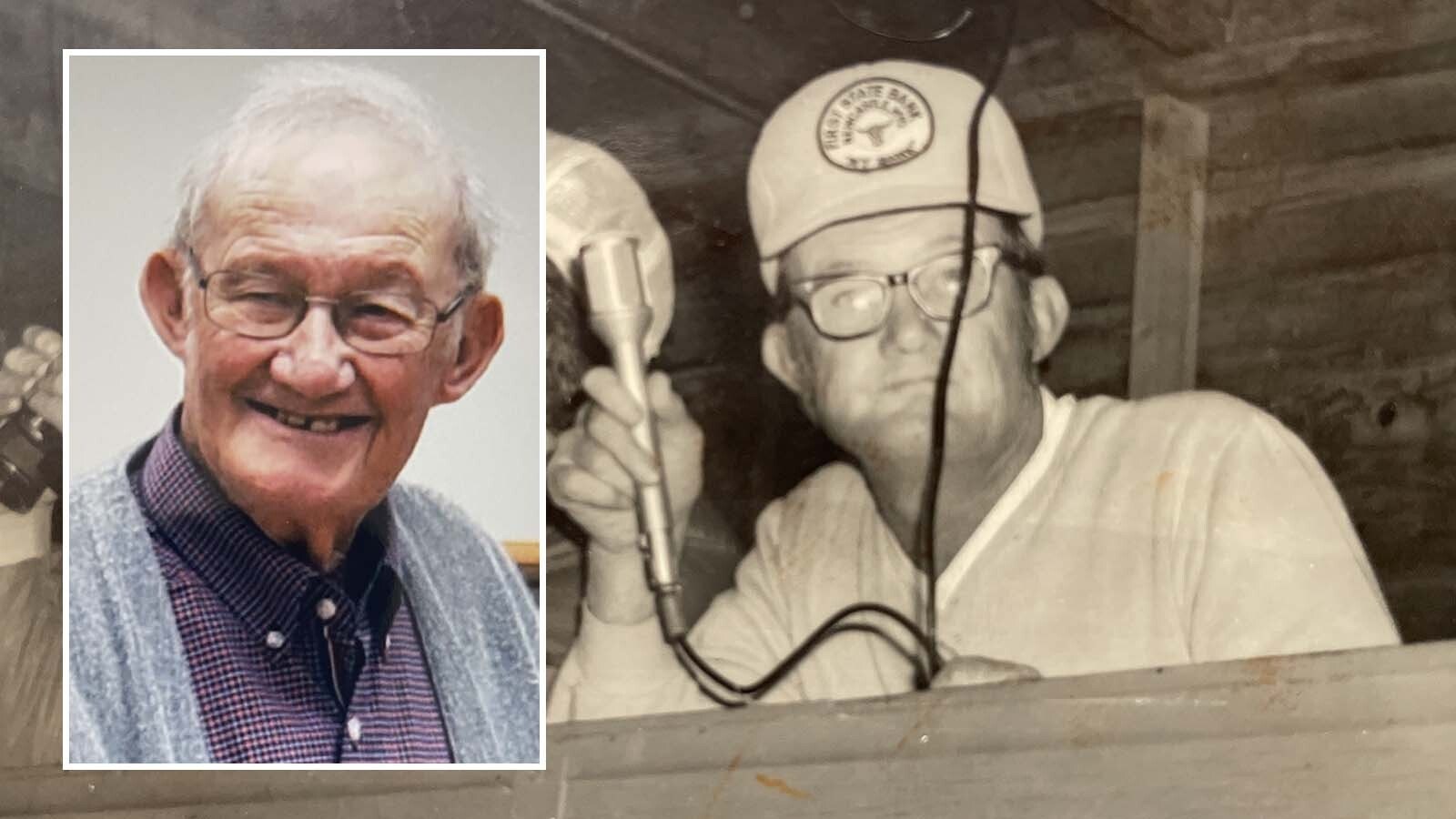
Wyoming People: Gene Baldwin Was The ‘Voice Of The Dogies’ For Newcastle Football
For decades, Gene Baldwin was known around Weston County as the “Voice of the Dogies” at Newcastle High School football games. He also was a rancher, teacher and cowboy poet. He died in December at age 99.
Jackie DorothyJanuary 11, 2026

Cheyenne's Atlas Theatre Hopes For Valentine’s Reopening After $700,000 Structural Repair
Cheyenne’s historic 139-year-old Atlas Theatre hopes to reopen by Valentine's Day. It had been sagging in on itself before $700,000 worth of extensive structural repairs began. Work on the downtown centerpiece is almost completed.
Renée JeanJanuary 11, 2026

'It's Bad Stuff': Aftermath Of Huge Wyoming Wildfires Threatens Wyoming Mule Deer
As if Wyoming’s mule deer aren’t facing enough problems, invasive cheatgrass moving into areas scorched by Wyoming's huge 2024 wildfires is ruining their habitat. "It's bad stuff," one Wyoming rancher said, "I can't emphasize that enough."
Mark HeinzJanuary 11, 2026

Wyoming History: Ernest Hemingway Loved Wyoming
Author Ernest Hemingway, for about a decade in the late 1920s, enjoyed Wyoming as his summer retreat, where he found inspiration to write and recreate. In 1940, Wyoming was where he married his third wife at the Cheyenne Depot.
Dale KillingbeckJanuary 11, 2026
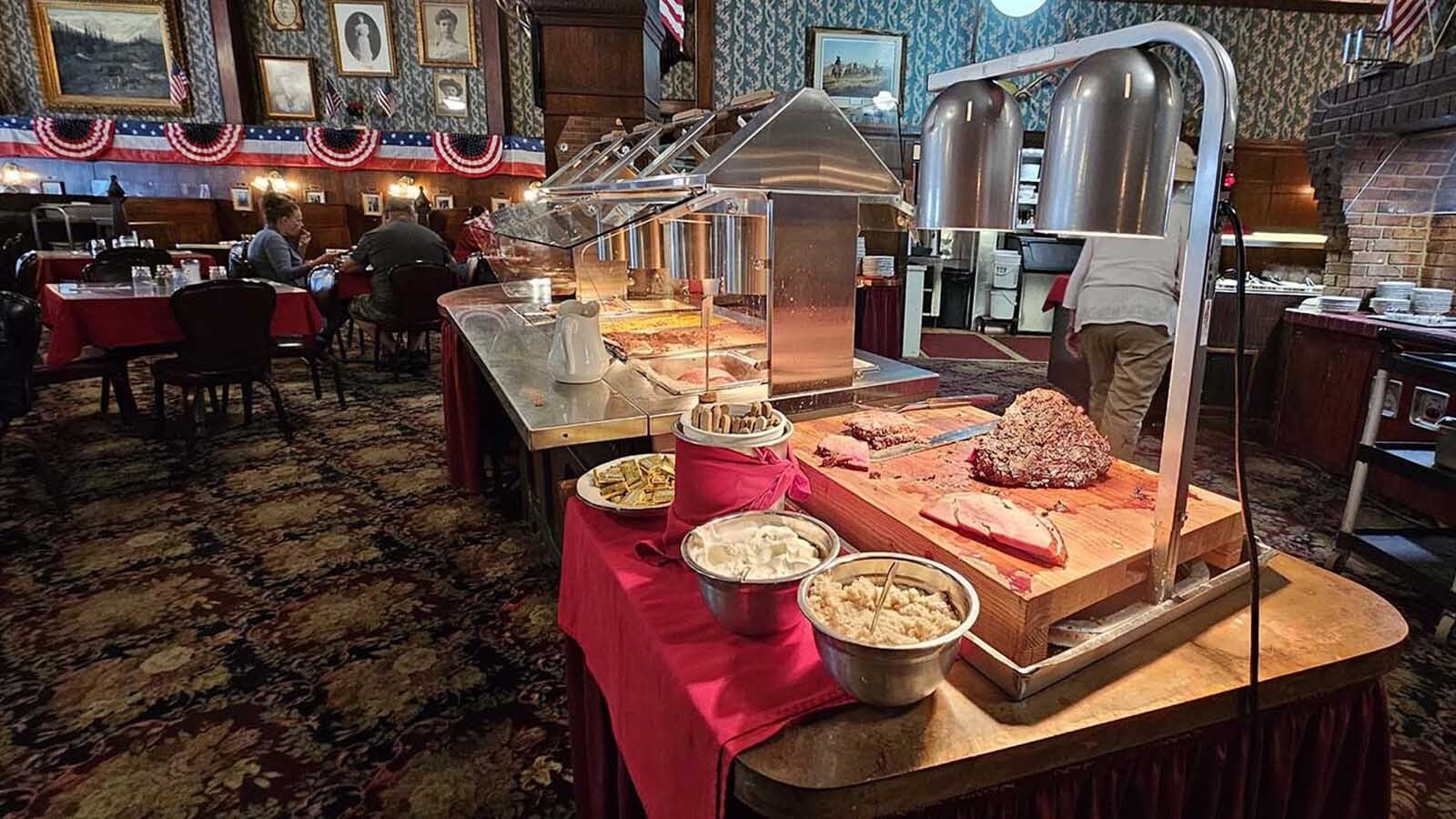
All-You-Can-Eat Buffets Are Back In Wyoming And Across The U.S.
Buffets are back in a big way after the COVID pandemic put a huge hurt on dining out around Wyoming and across the U.S. At Cody’s Irma Hotel and Restaurant, a record 13,000 people loaded up their plates in 2025.
Anna-Louise JacksonJanuary 12, 2026

Laramie County Dogs Are Helping Senior Citizens Pay For Pet Vaccinations In 15 States
To help senior citizens pay for pet vaccinations, a UPS driver who delivers in Laramie County put together a dog calendar. Proceeds will help senior citizens pay for pet vaccinations in 15 states.
Renée JeanJanuary 11, 2026

Wyoming Ranchers Push For Protections After Working Ranch Dog Killed By Tourist
Sublette County ranch hand Rachel Misiewicz was heartbroken when a Texas tourist ran over a working border collie during a cattle drive last fall. That's led her to push for a law that would mandate drivers slow to 25 mph near livestock drives.
David MadisonJanuary 10, 2026

'Just A Survivor': Laramie WWII Vet Was Blown Off Tank During Battle Of The Bulge
Laramie WWII vet Bob Willis earned a Purple Heart after being blown off a tank in the Battle of the Bulge. The veteran, who also protected Holocaust survivors, celebrated his 101st birthday on Saturday. "I'm just a survivor. I’m no kind of hero," he said.
Dale KillingbeckJanuary 10, 2026
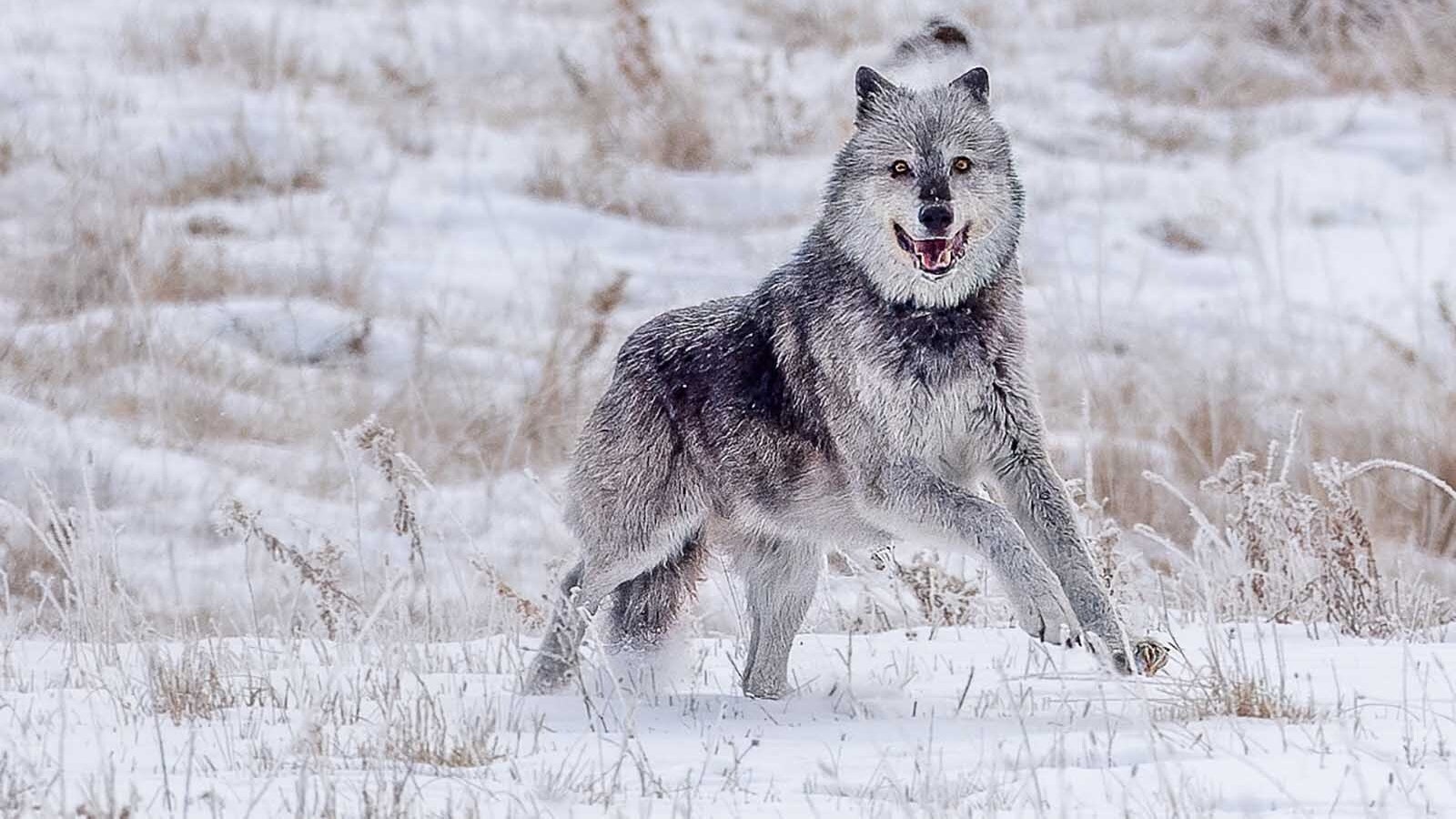
Nearly 12 And Huge, Yellowstone Wolf 1090F Earns Title Of Oldest In Yellowstone
At the age of 11 years, 9 months, Wolf 1090F has earned the title of the oldest living wolf in Yellowstone, which is remarkable considering the average lifespan of a wild wolf is 5 or 6. Like other members of the pack known as Mollie’s pack, she’s huge.
Mark HeinzJanuary 10, 2026

Netflix Deal To Buy Warner Bros. Could Open Door To More “Longmire" Episodes
Netflix has a bid on the table to buy Warner Bros., which would give the company the rights to Longmire, which it tried to buy 10 years ago. Wyoming author Craig Johnson, creator of the series, is hopeful a Netflix purchase would mean a revival of the show.
Renée JeanJanuary 10, 2026

Wyoming Rodeo Defenders Say Proposed New York City Law Threatens Cowboy Culture
An anti-rodeo law that would all but ban the sport in New York City represents a trend Wyoming rodeo defenders hate to see and they hope will not spread. They say even though New York is 2,000 miles away, the misinformation threatens cowboy culture.
Renée JeanJanuary 10, 2026

Wyoming Hunter Bags Coveted Big-Game Trifecta, Including Huge Moose
Nate Miller beat astronomical odds to draw Wyoming’s coveted three-species “trifecta" hunting tag, then bagged a bighorn sheep, mountain goat, and moose. He joked about selling his hunting rifles, because there’s no way to ever top this hunting season.
Mark HeinzJanuary 11, 2026

Torrington Couple’s 17-Year Cancer Fight Nears End With Terminal Diagnosis
A Torrington family sees “blessings” in their nearly 17-year attempt to outrun a cancer diagnosis. The husband received a kidney from his wife, the community rallied to help, and he withstood chemo to survive. His latest diagnosis, however, is terminal.
Dale KillingbeckJanuary 10, 2026

Nothing Better For Casper Man Than Taking Hospice Patients For Rides In Corvettes
Larry Kloster of Casper uses his museum-quality collection of Corvettes to connect with people. “I take hospice patients for rides, which is the coolest part,” he said. Kloster has been on the board of directors of Central Wyoming Hospice for 7 years.
Jackie DorothyJanuary 11, 2026
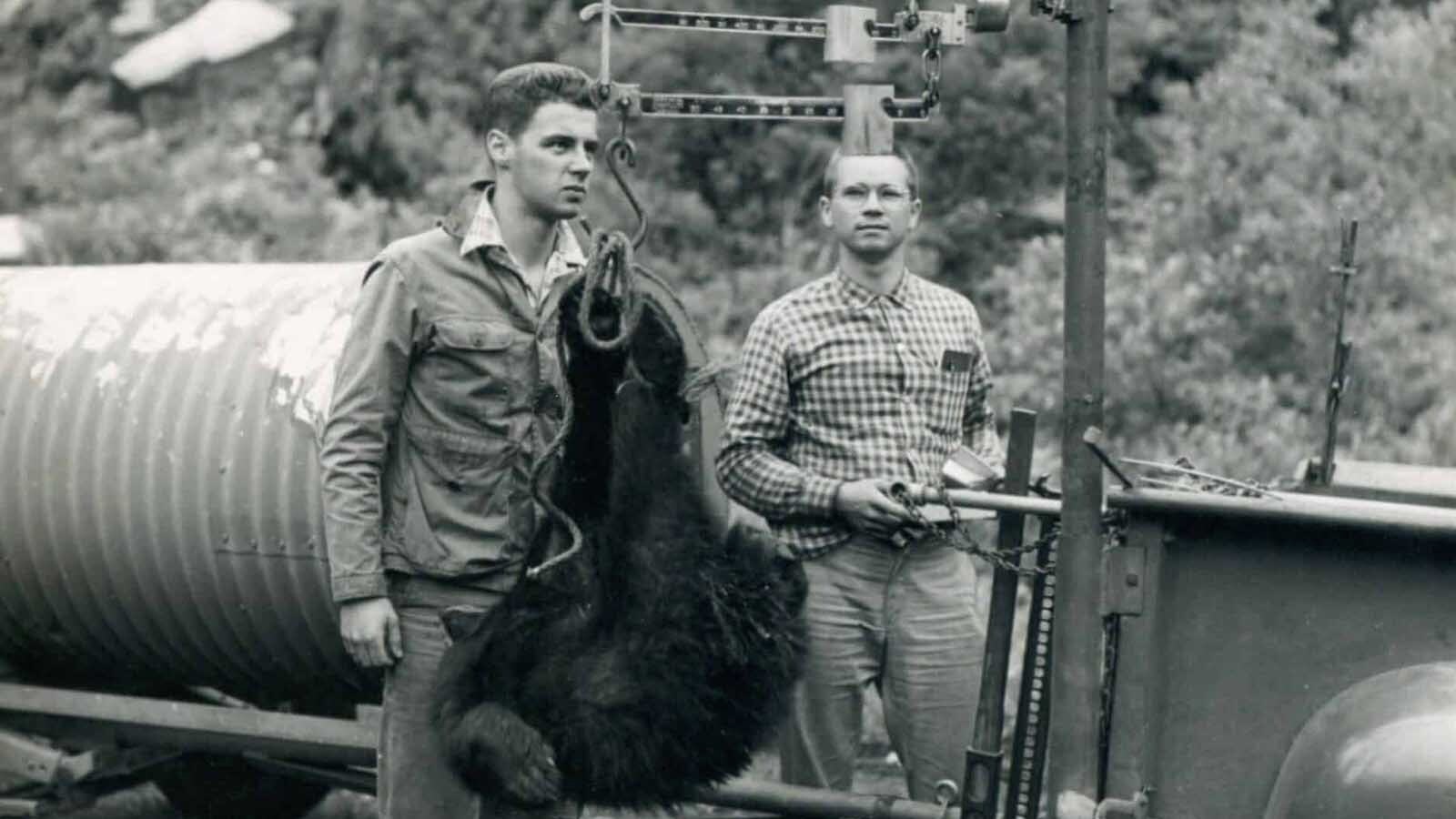
In The 1950s, Bear Researchers Used Ether And A Football Player Who Wrestled Them
The pioneering days of bear research in the 1950s were not standardized at all. One capture team using ether-soaked cotton to put bears into a stupor and then had a college football player wrestle the bear.
Mark HeinzJanuary 10, 2026
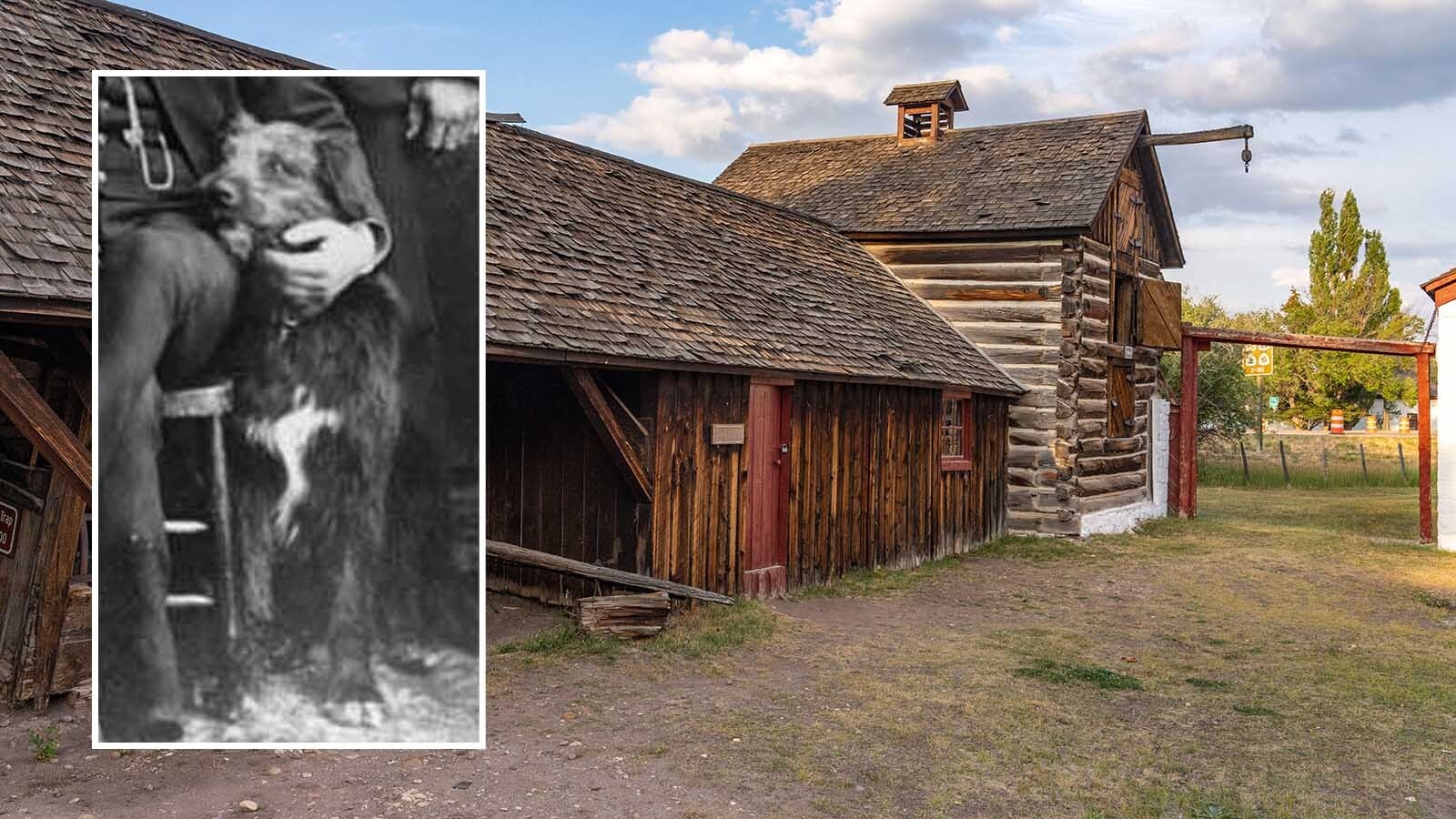
Wyoming History: Meet Thornburgh, The Hero Dog Of Fort Bridger
Thornburgh, an orphaned pup from a 1879 Ute battle, became Fort Bridger’s hero dog by stopping thieves, saving soldiers from knives, and alerting soldiers to Indian raids. Thornburgh was so well-loved he was buried in a fenced grave with a headstone.
Jackie DorothyJanuary 11, 2026

‘RUN MEGAN, RUN!’ Trump Promises Endorsement If Degenfelder Runs For Governor
If she decides to run for governor of Wyoming, Megan Degenfelder has President Donald Trump’s “Complete and Total Endorsement,” the president wrote Friday in a post to Truth Social. Degenfelder has said she’s “strongly considering” a run for governor.
Clair McFarlandJanuary 09, 2026

TerraPower-Meta Deal Could Bring Advanced Nuclear Plant To Cheyenne
An agreement announced Friday between TerraPower and Meta for up to eight advanced nuclear reactors across the U.S. has put Cheyenne in position to become home to a dual-unit Natrium nuclear plant, a TerraPower executive told Cowboy State Daily.
David MadisonJanuary 09, 2026

Wyoming’s Outdated 911 System Faces Mounting Failures And Costly Shortfalls
Problems with Wyoming’s 911 system have been brewing for quite some time and didn’t just start to appear when a cable was cut in Cody, leaving the city without adequate 911 services for 75 hours. Problems have been occurring in other communities as well.
Renée JeanJanuary 09, 2026

Shooting At Cheyenne Motel Leads To Four-hour Standoff
A man suspected of shooting another man at a Cheyenne motel Friday afternoon was arrested after a four-hour standoff with law enforcement. The victim is in the hospital with a chest wound.
Renée JeanJanuary 10, 2026

Sublette County Deputy Busts Through Ice To Save Mom And Baby Deer
Sublette County Deputy Jason Overbaugh plunged into the icy New Fork River near Big Piney on New Year’s Day to rescue a trapped mule deer doe and fawn. Ally Cogburn spotted the struggling animals, and both survived Overbaugh's heroic effort.
Mark HeinzJanuary 09, 2026

Woman Can Bring Pygmy Goat Back To Powell After Settling Lawsuit With City
A pygmy goat named Porsche Lane can return to Powell after her owner, Venus Bontadelli, settled a lawsuit with the city Thursday. The city had denied her owner a permit, which the city called a plain reading of its rules and the goat's owner called an arbitrary use of power.
Clair McFarlandJanuary 09, 2026

Casper Man Pleads Guilty To Making Violent Threats Against Jewish Organization
A Casper man pleaded guilty Thursday to federal charges stemming from violent and threatening voicemails left at Anti-Defamation League offices in Denver and Austin, Texas. In one, he vowed to “murder every Jew I see."
Scott SchwebkeJanuary 10, 2026

Evansville Man On Parole For Abusing Teen Now Faces 45-100 Years For Child Porn
A 26-year-old Evansville man pleaded guilty Friday in Natrona County District Court to 16 child pornography charges. He was already on parole for an earlier conviction for sexually abusing a 14-year-old, and now faces 45-100 years in prison.
Dale KillingbeckJanuary 10, 2026

Prosecutor Says Legislators Didn't Break Law With Weston County Clerk Subpoena
The prosecutor pursing charges against Weston County Clerk Becky Hadlock on Thursday disputed her claim that Wyoming legislators broke the law and violated her rights. He says she’s the one who broke the law by not complying with a legislative subpoena.
Clair McFarlandJanuary 09, 2026

$350 Million Transmission Project Links Wyoming, South Dakota Power Grids
The $350 million Ready Wyoming transmission project represents the largest electrical infrastructure investment in Black Hills Energy's history. The company claims it will provide long-term price stability and link Wyoming's and South Dakota's power grids.
Kate MeadowsJanuary 09, 2026

Gordon To Gray At Wind Meeting: 'Do You Want To Step Outside?'
The feud between Gov. Mark Gordon and Secretary of State Chuck Gray boiled over Thursday when Gordon asked Gray, “Do you want to step outside” near the end of a marathon Wyoming Board of Land Commissioners meeting in Douglas.
David MadisonJanuary 09, 2026

Huge Cheyenne Data Center Grows To 2.7 Gigawatts — Nearly Triple State Power Use
Cheyenne has approved Project Jade, a Tallgrass–Crusoe AI data center using up to 2.7 GW of self-generated power, nearly triple the entire state’s power demand. That’s 50% larger than the 1.8 GW the companies announced in August.
Renée JeanJanuary 08, 2026

Lawmaker Unveils Bill To Prevent DUI Charges For Drunk Horseback Riding
A state representative from Casper wants to keep people from being charged with drunk driving if they're drunk while riding a horse, mule or donkey. The bill made one defense attorney laugh and left prosecutors wondering if a specific case inspired it.
Clair McFarlandJanuary 09, 2026
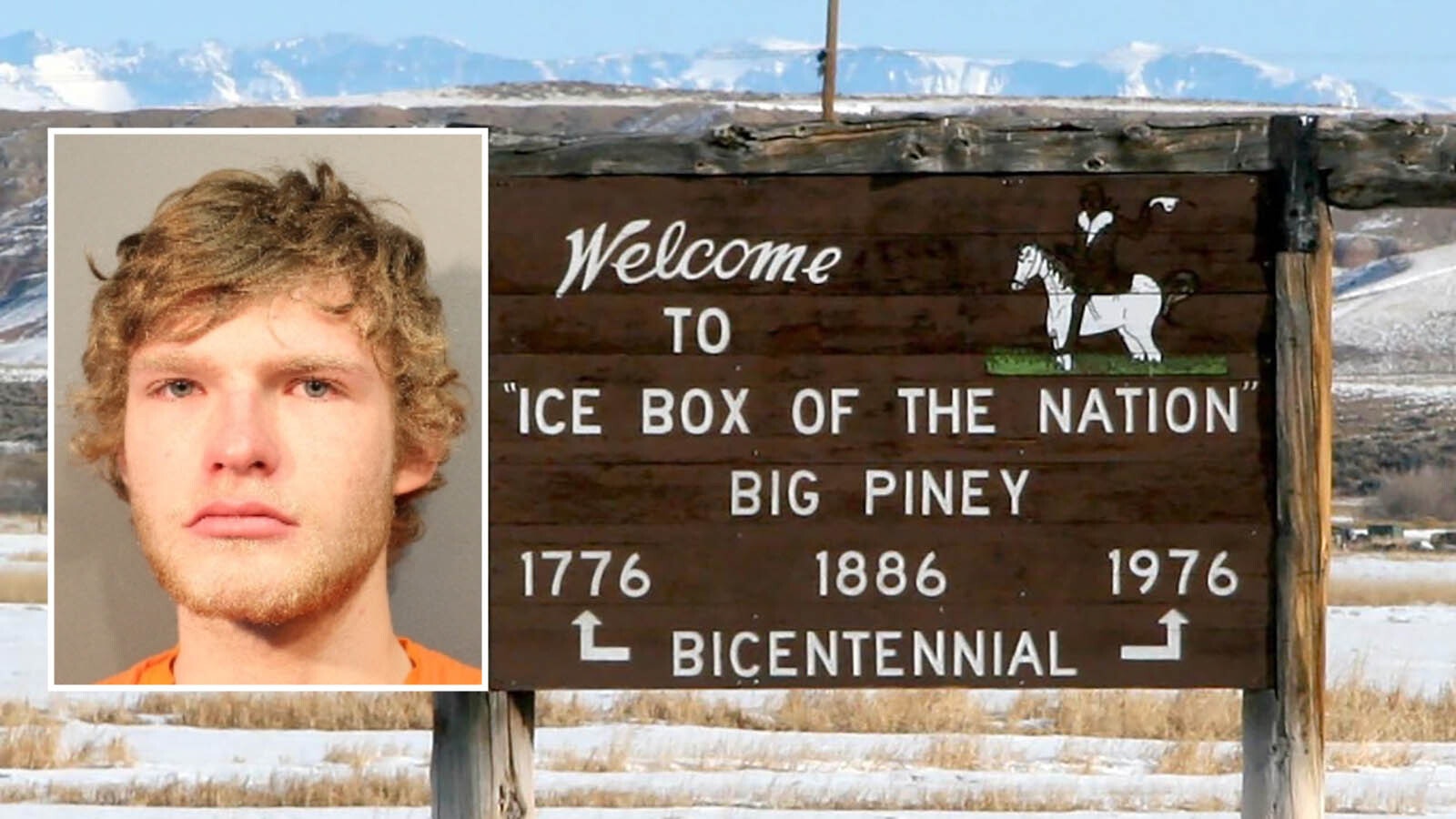
Big Piney Teen Gets 54 Years To Life For Bow And Arrow Killing Of Autistic Friend
The teen who did not pull the trigger of the compound bow that killed his autistic friend last February, but who conspired to that end and watched the killing, was sentenced Thursday to between 54 years and life in prison.
Clair McFarlandJanuary 08, 2026
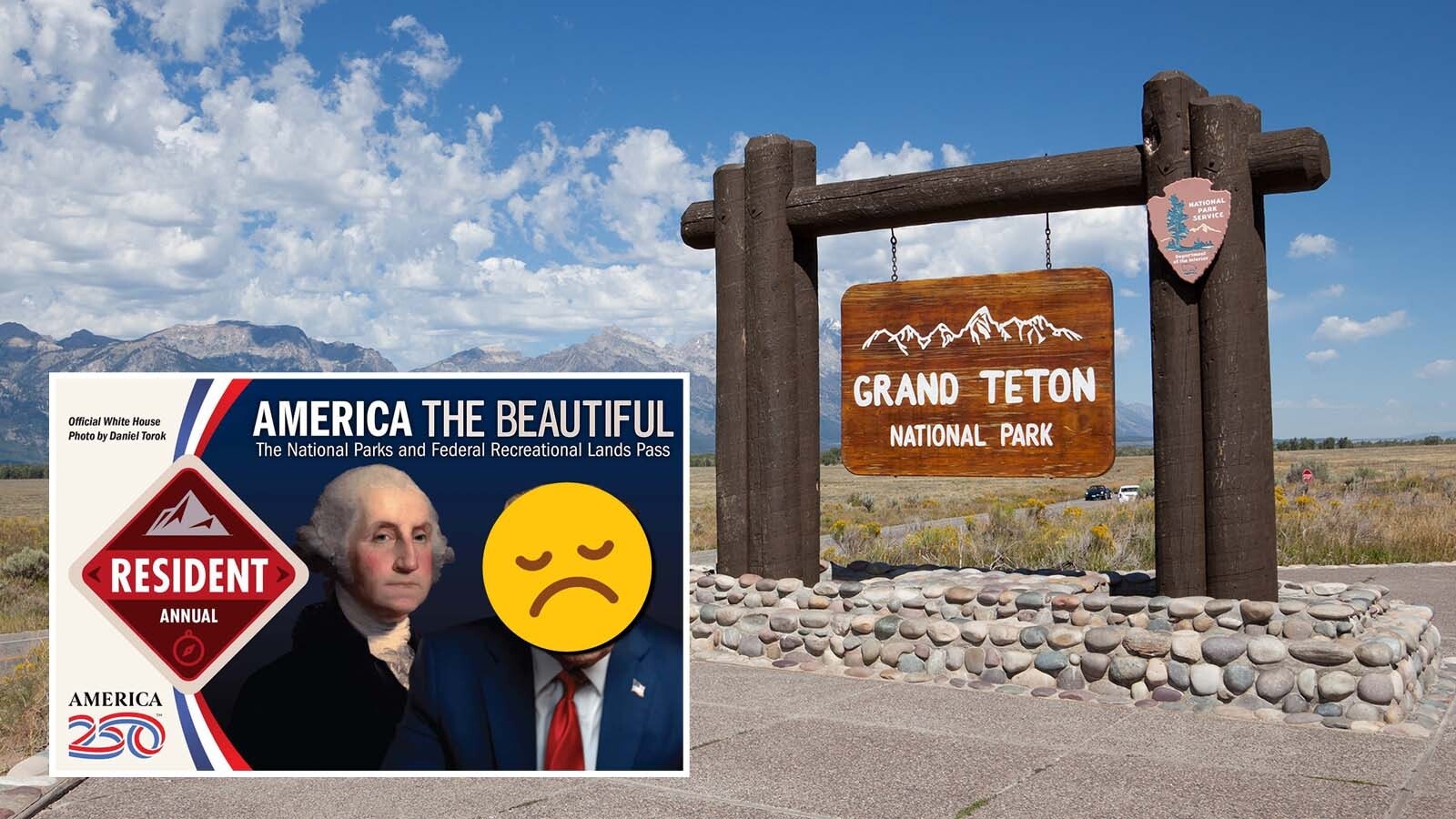
Protesters Slap Stickers Over Trump's Image On National Park Passes, Voiding Them
The inclusion of President Donald Trump’s picture on 2026 “America The Beautiful” national park annual pass has made some people so livid, they’ve put stickers over the president’s image, which invalidates the passes.
Mark HeinzJanuary 08, 2026

Cheyenne Proposal To Expand Warrants To Inspect Homes Has Some Crying Overreach
A proposed ordinance expanding administrative warrants to access people’s property has upset some Cheyenne residents who say it crosses the line into government overreach. Fire and building officials say they need them to do post-fire safety inspections.
Scott SchwebkeJanuary 08, 2026
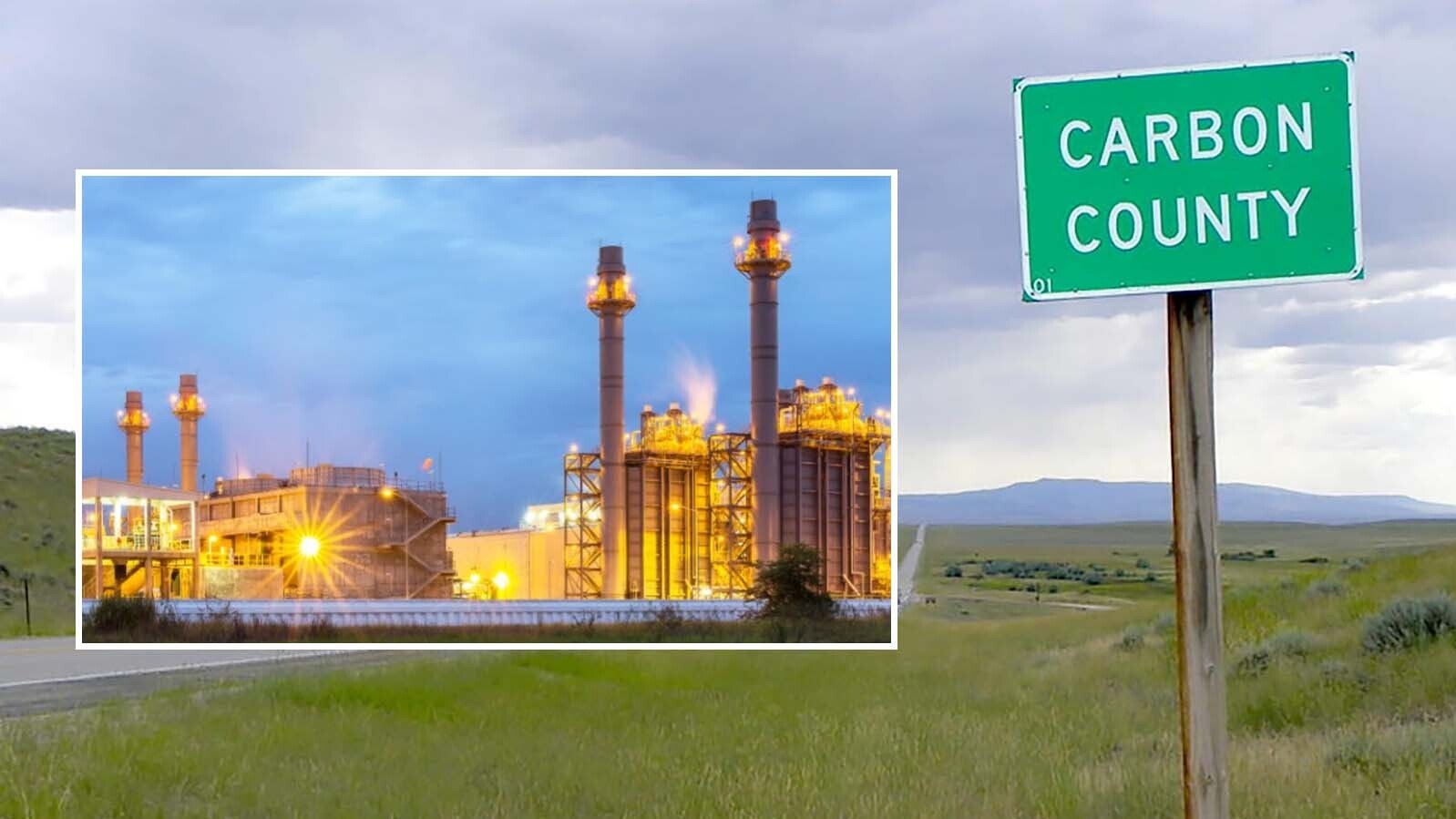
Proposed Seminoe Power Plant Aims To Cut Water Use 95% And Slash Emissions
The proposed 2-gigawatt Seminoe Generating Station near Rawlins would pair natural gas and wind power to boost Wyoming’s energy supply. The project aims to cut water use by up to 95% and reduce emissions while creating hundreds of jobs.
Kate MeadowsJanuary 08, 2026
Daily Features
View all
Today's Wyoming sunrise was captured by Elizabeth Campbell. Elizabeth writes, "Sunrise in Dixon, Wyoming. Picture taken from my back porch overlooking the neighbors field."

Don Day's Wyoming Weather Forecast: Tuesday, January 13, 2026
Partly to mostly sunny in much of Wyoming on Tuesday with some clouds and rain chances in a few areas. Breezy in some locations. Partly to mostly cloudy overnight with a chance for rain and/or snow in some places. Highs from the mid 30s to near 60. Lows from the mid-teens to the mid 30s.

Daily Cartoon: Tuesday, January 13, 2026
Today's question to Don Day
In regard to your thunderstorm season article, can you reassess the data on a per-capita basis, especially when considering population of the states? It could affect me as I own a hill on my property which I plan a communications tower and likely will have a lightning rod installed when it goes in.
FEMA has a good lightning database that takes into account lightning risk, potential property loss, etc. based on population and lightning frequency. Data is available on a county by county basis. Lots and lots of lightning data available here which may help in quest for more lightning information. https://hazards.fema.gov/nri/lightning
Opinion
Dave Simpson: Freedom Caucus Criticism Is All The Rage For Weaksauce Republicans
Opinion by Dave Simpson
Gail Symons: Hopefully The Newbies In Cheyenne Can Pass A Budget
Opinion by Gail Symons
Cassie Craven: I Still Believe Life Is A Human Right
Opinion by Cassie Craven
Bill Sniffin: Our Broncos Are Back! Wyoming Folks Are Avid Denver Football Fans
Opinion by Bill Sniffin
Joan Barron: We've Got A Bumper Crop Of Election Bills
Opinion by Joan Barron
Sponsored
View all
Prometheus Hyperscale Launches "Build Wyoming" Initiative to Create Local Job Opportunities and Establish the State as a Leader Building America’s AI Future Infrastructure Development
Statewide campaign focuses on ensuring the next generation of critical national infrastructure is built by Wyoming workers for the benefit of Wyoming Communities.
January 07, 2026
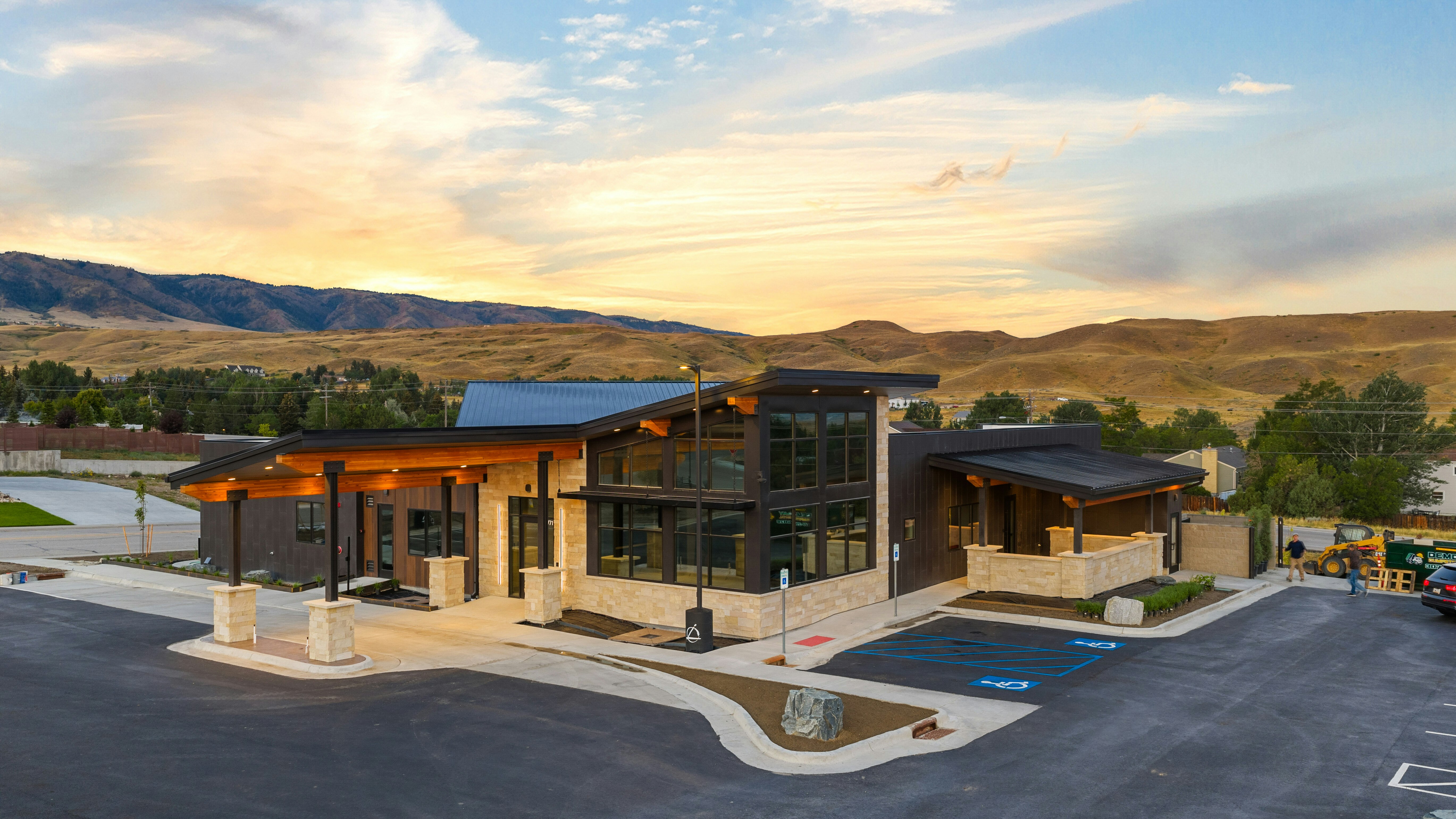
Creating a Legacy in Comprehensive Dental Care
Legacy Dental is a new dental partnership built upon the foundation of generational practice and guided by the principles of bringing innovative and comprehensive care to patients in need.
November 21, 2025

Government Shutdown Reveals Long Term Hunger Crisis in Wyoming
With the current hunger crisis stemming from the government shutdown, the Food Bank ramped up the amount of food it is sourcing and distributing, made possible thanks to donor support and emergency funds from the state.
November 17, 2025
Opinion
View all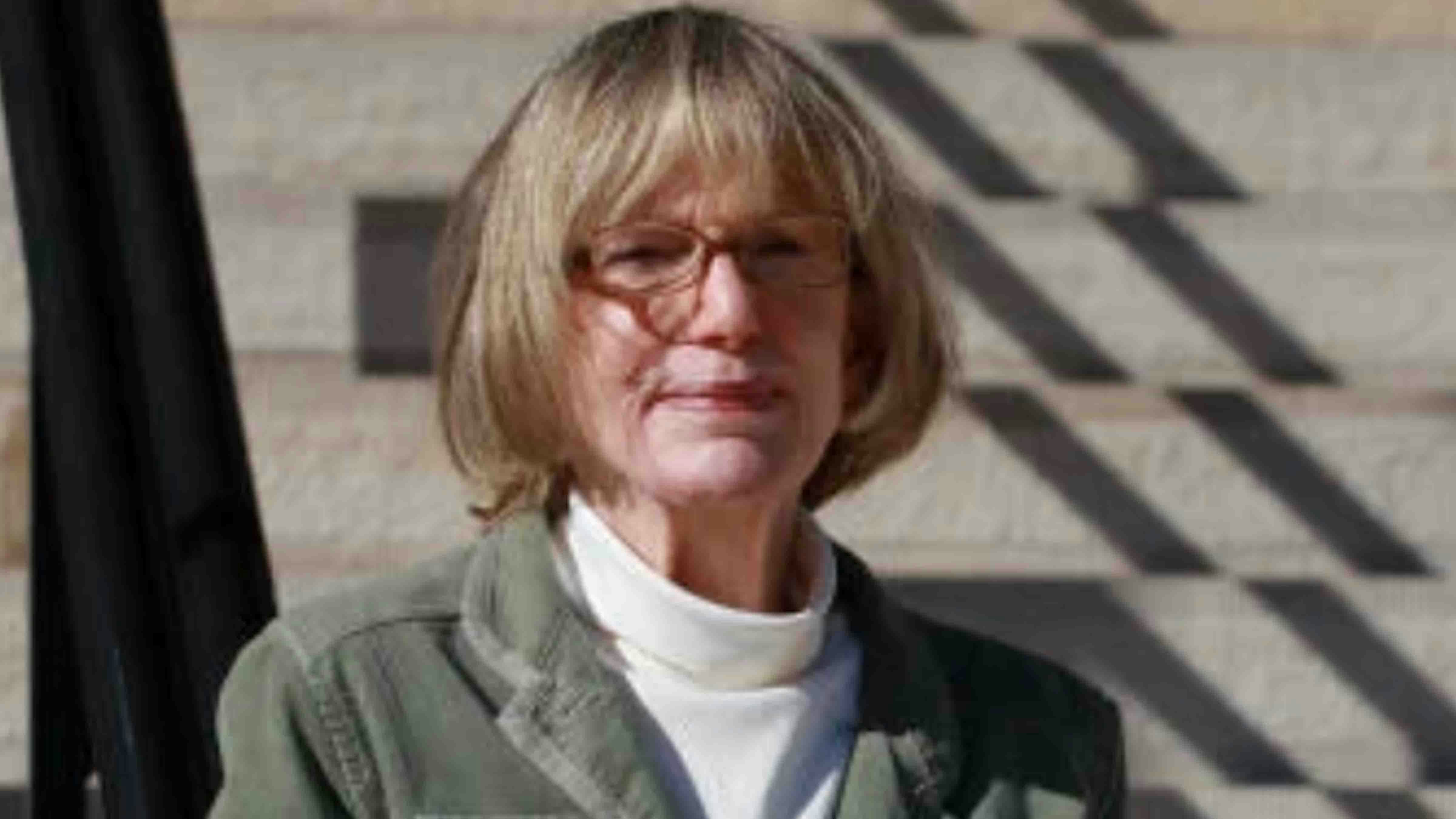
Joan Barron: Don't Get All 'Cheugy' About New Words
Columnist Joan Barron writes, “With the new year we have new words to ponder, like 'sportocrat,' and 'fleek.' The German word 'Backpfeitfengesicht' means 'a face that deserves to be slapped or punched.'”
Joan BarronJanuary 03, 2026

Bill Sniffin: Wyo Economy Last Year Was Wonderful - Looking Ahead, 2026 Might Be Better
Columnist Bill Sniffin writes: “By all accounts, 2026 could be a watershed year for Wyoming when it comes to energy development and overall good times. Let’s hope so.”
Bill SniffinJanuary 03, 2026

Tom Lubnau: How to Ruin Wyoming on Purpose — A Practical Guide for the Ambitiously Foolish
Columnist Tom Lubnau writes, "History shows us that many kingdoms have fallen not by the sword, but by the arrogance of their own legislatures. Here’s a ten-step plan to effectively dismantle our beloved state – and it concerns me several legislators are advancing the plan of destruction."
Tom LubnauDecember 31, 2025
Wyoming Life
View all
Broncos Playoff Mania Drives Tickets To More Than $17,000
Justin GeorgeJanuary 08, 2026
Hawaii Gets 10 Inches Of Snow While Most Of Wyoming Stays Brown And Dry
Andrew RossiJanuary 06, 2026
Former Sheridan Star Makes Play Of The Game In Montana State’s FCS Title Win
David MadisonJanuary 06, 2026
Inside The Loft That Inspires Wyoming Author Craig Johnson’s Award-Winning Career
Renée JeanJanuary 05, 2026
Even After Sudden Death, Cheyenne Is Keeping Mom's Kindness Alive
Renée JeanJanuary 04, 2026
Outdoors
View all
Wyoming’s New Deputy Game And Fish Director Is Former Controversial Colorado Chief
Mark HeinzJanuary 08, 2026
Ice Fishing Season A Disaster So Far As Boysen Reservoir Still Isn’t Frozen
Mark HeinzJanuary 07, 2026
Group Says Colorado Coyotes Are Eating Pets Because There Are No Prairie Dogs
Mark HeinzJanuary 07, 2026
Saratoga Lake Ice Fishing Derby Cancelled Due To Lack Of Ice
Andrew RossiJanuary 06, 2026
Not Settled Yet: Wyoming Hunter Access Issues Will Likely Repeat In 2026
Mark HeinzJanuary 05, 2026
Crime & Courts
View all
Cheyenne Man Pleads Guilty To Shooting Friend In Head, Child Sex Charge Dropped
Greg JohnsonJanuary 08, 2026
Green River Woman Accused Of Murder Has Suspected ‘Intentional’ Fall In Jail
Clair McFarlandJanuary 07, 2026
Officials Say Human Remains Likely Those Of Sheridan Man Missing Nearly 9 Months
Jen KocherJanuary 07, 2026
LDS Church Denies Wrongdoing Over Wyoming Boy Who Lost Foot On Lake Trip
Clair McFarlandJanuary 06, 2026
Wyoming Attorney General To Ask For One Last Chance To Defend Abortion Bans
Clair McFarlandJanuary 06, 2026

